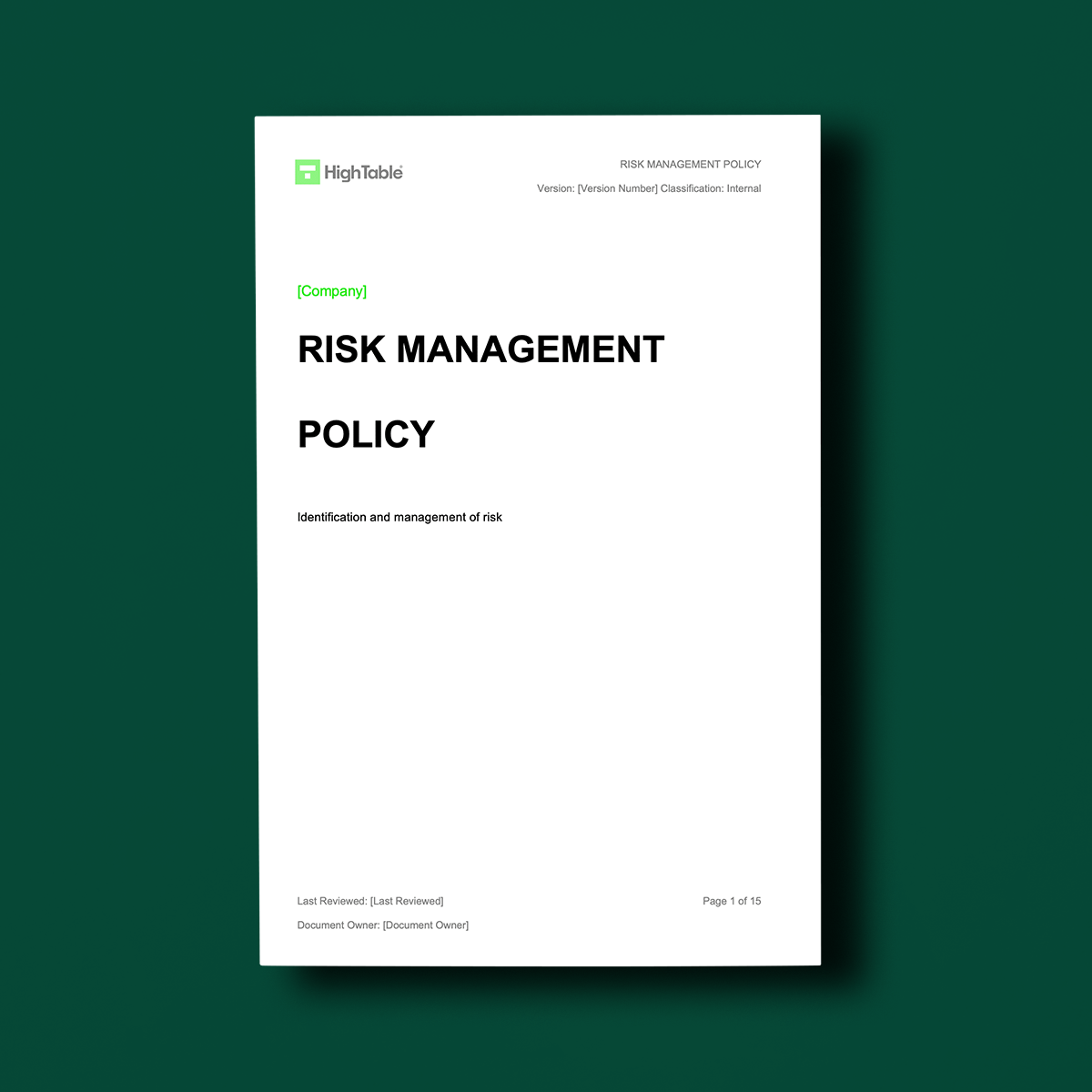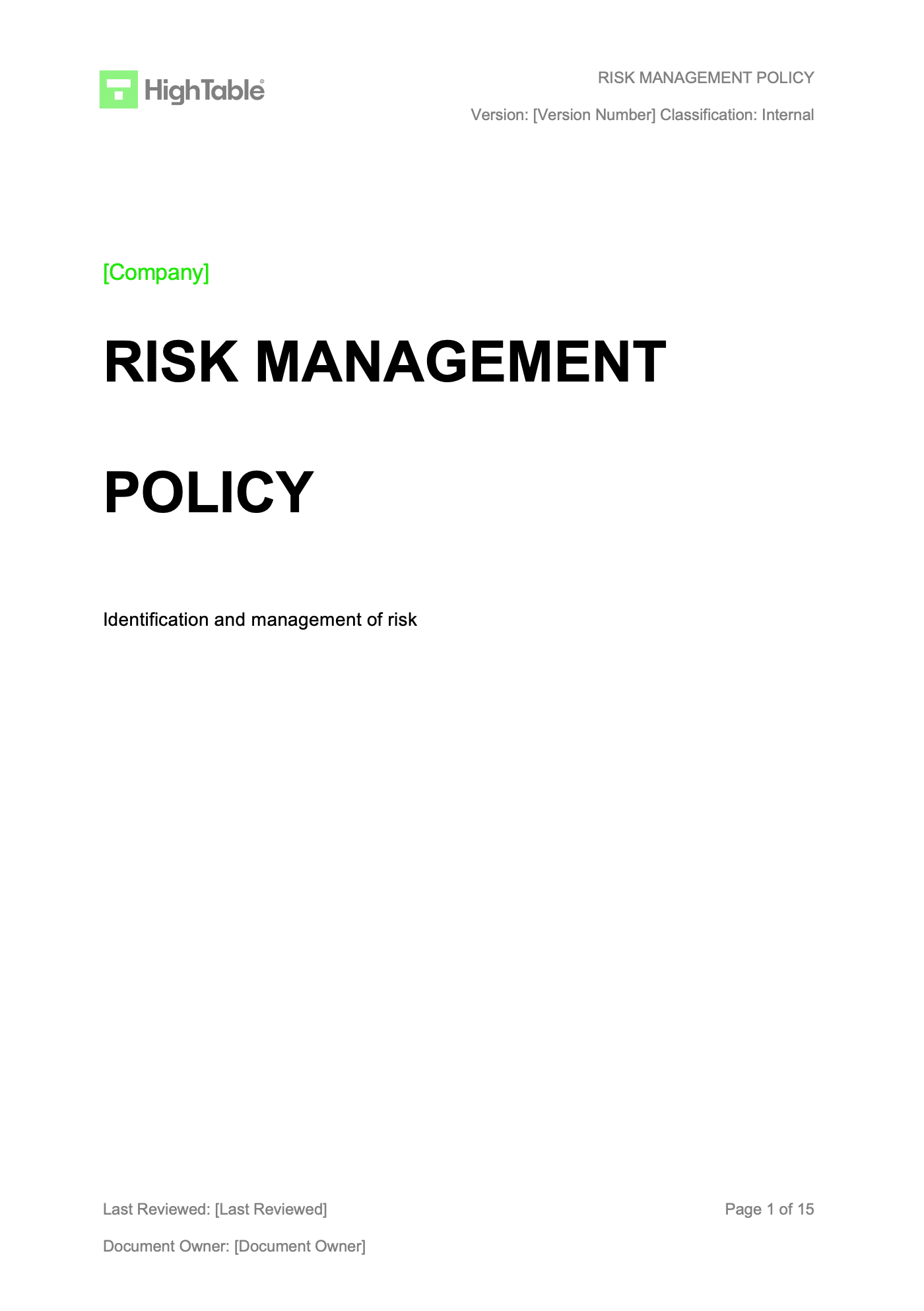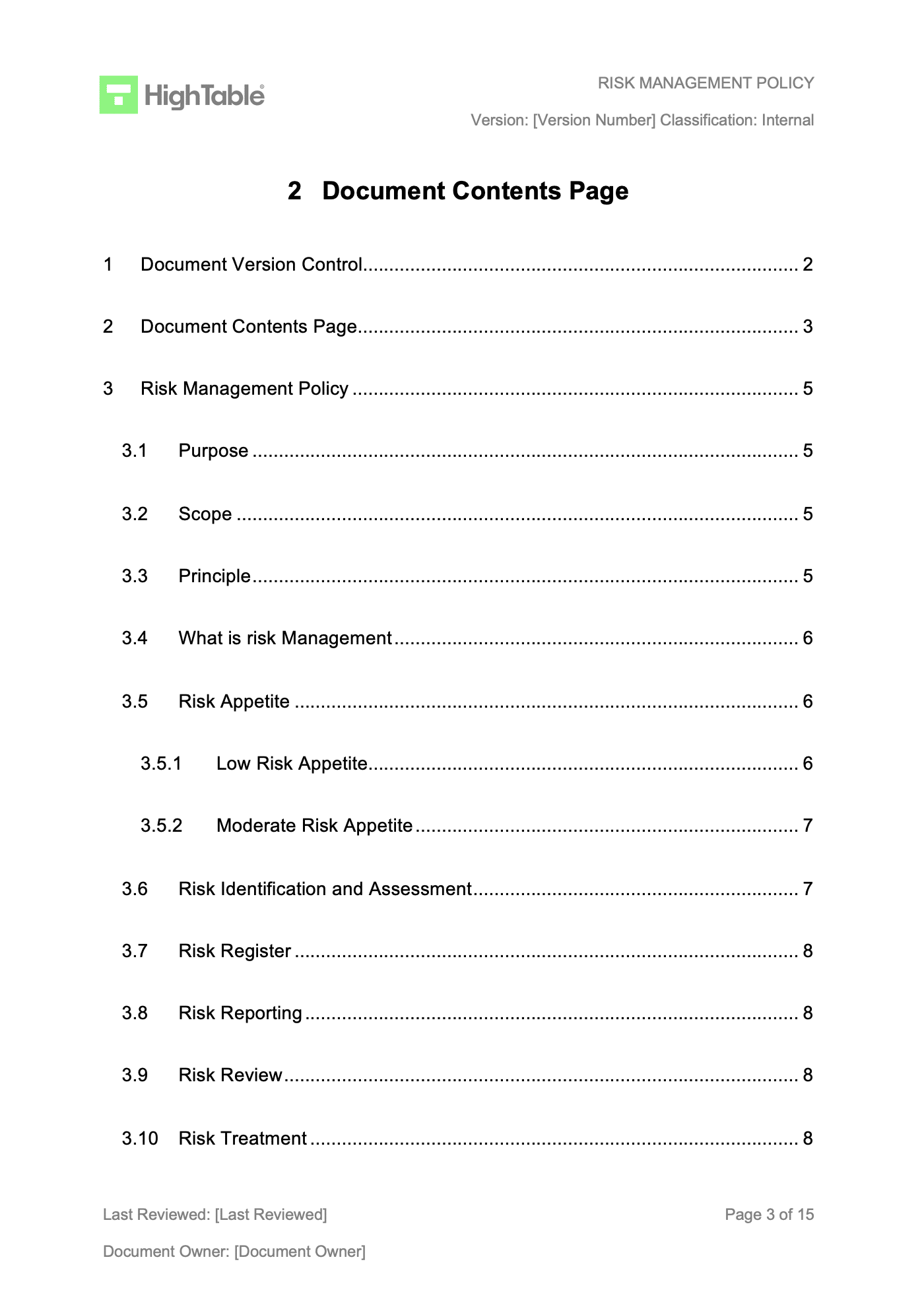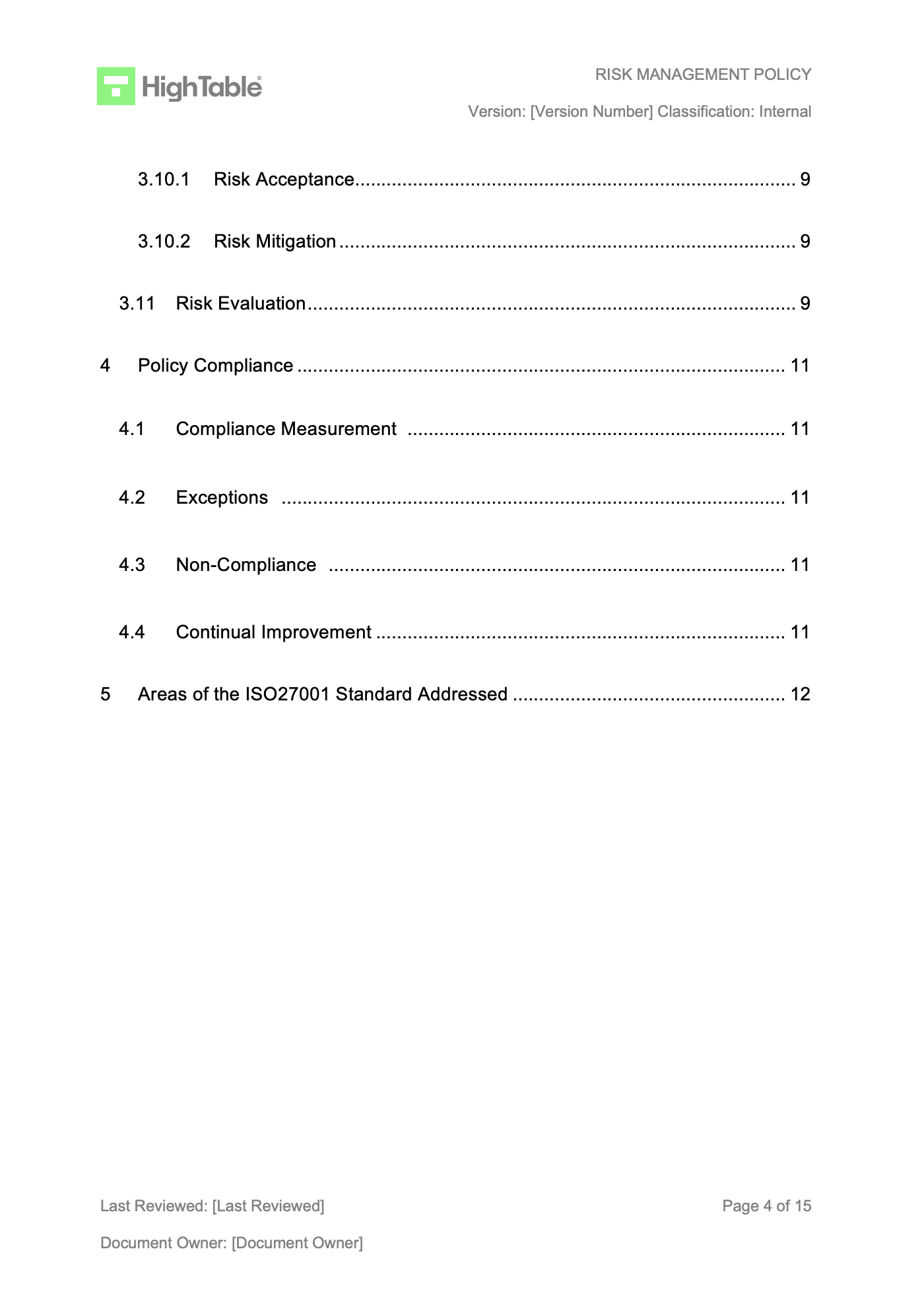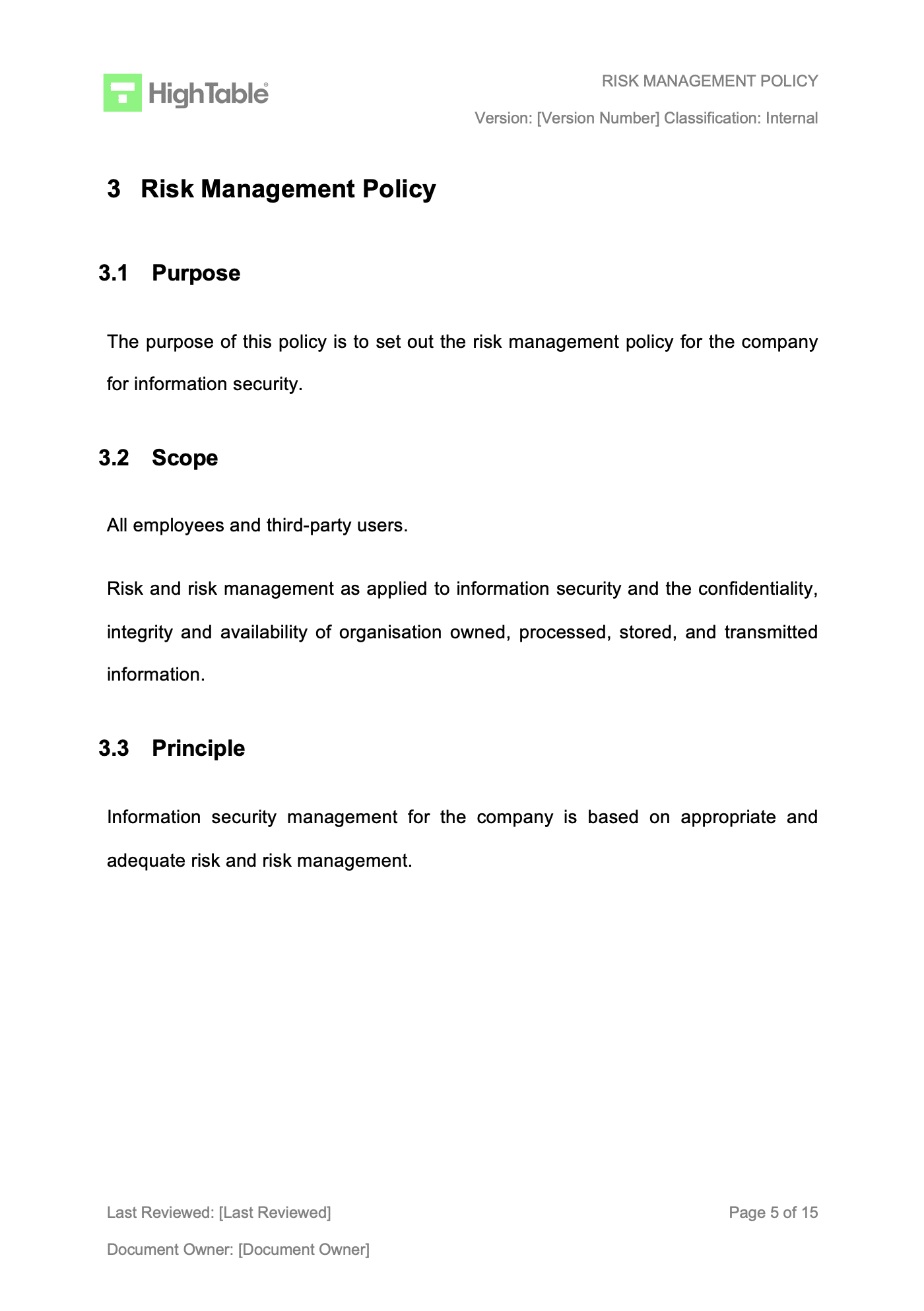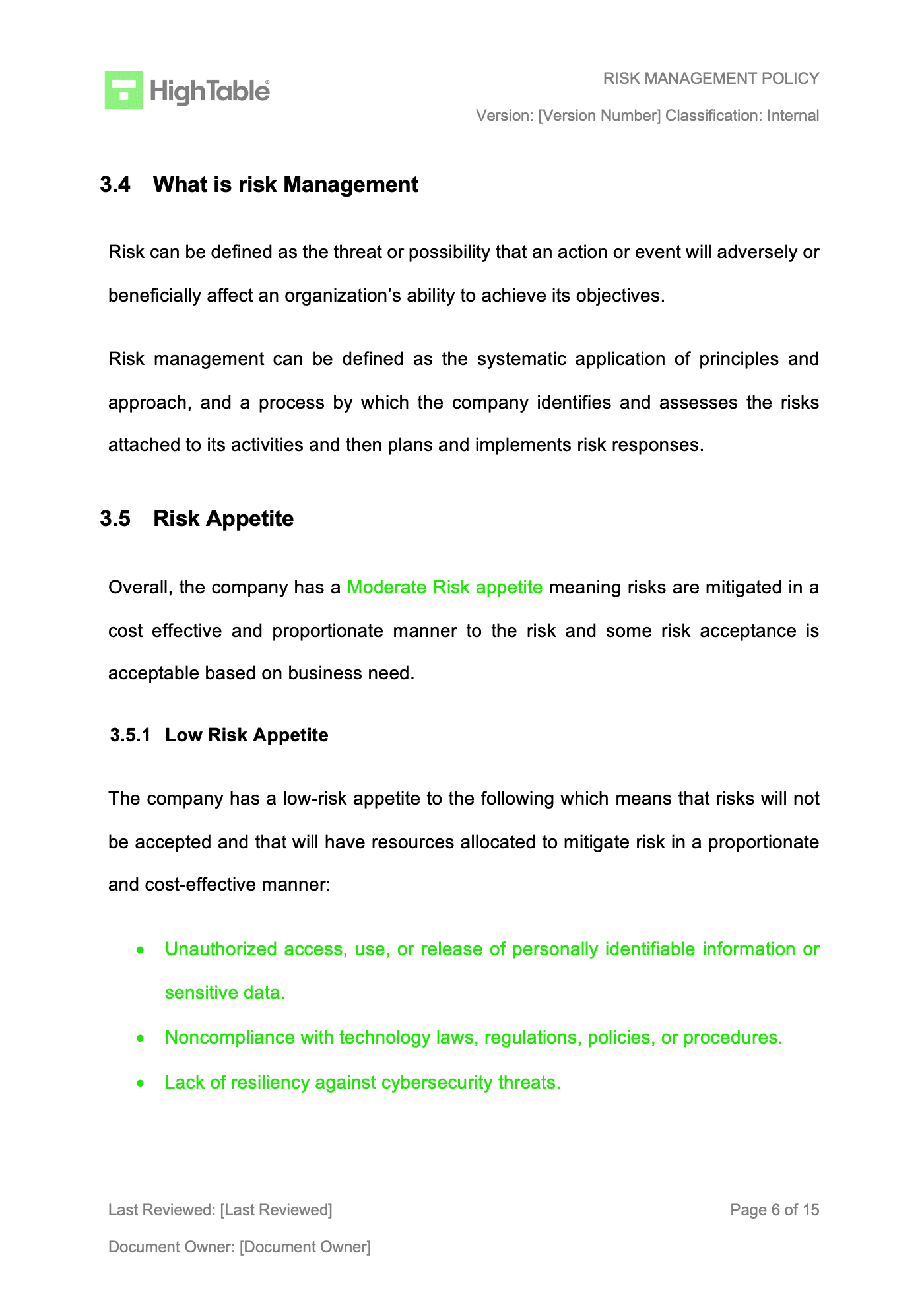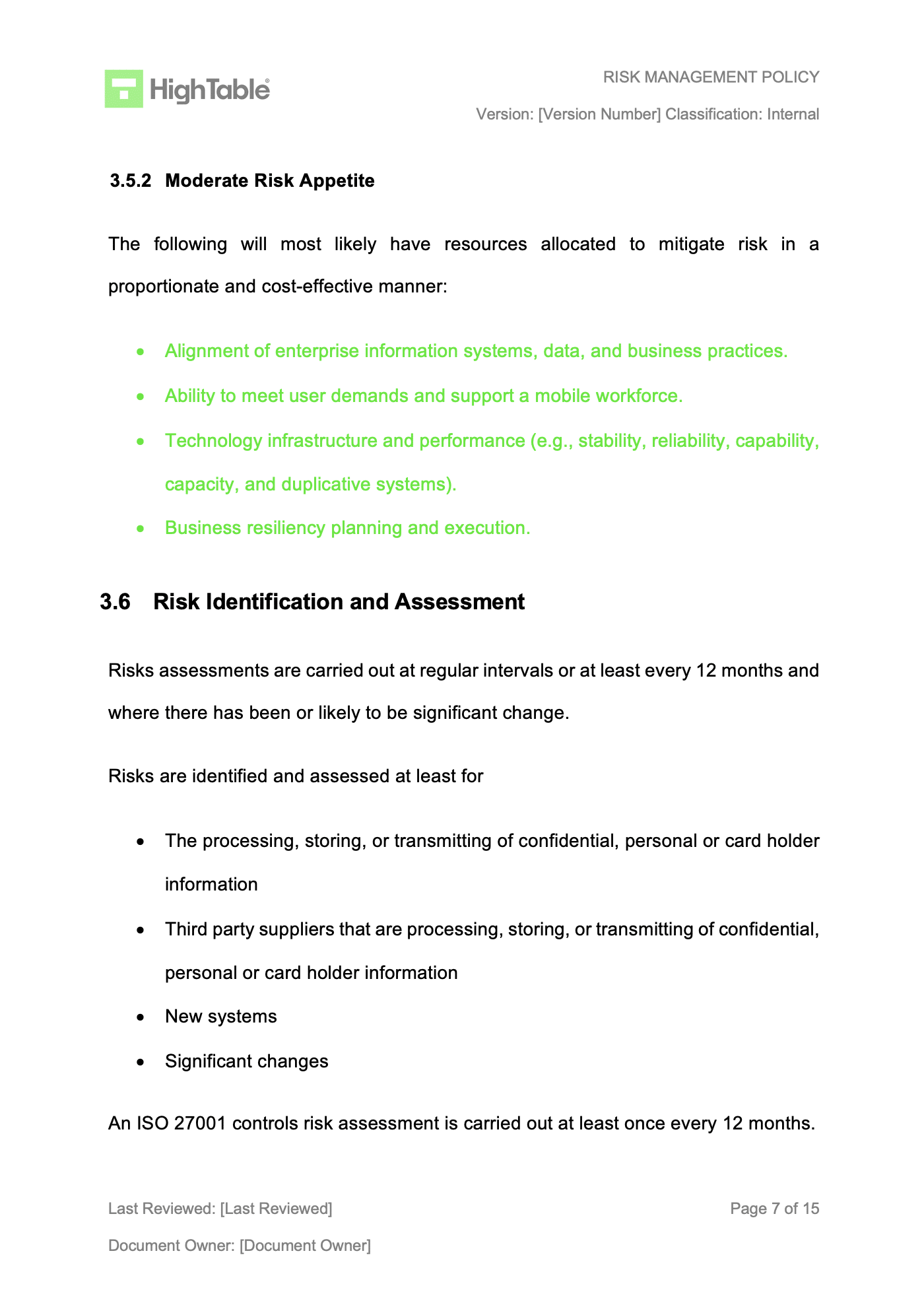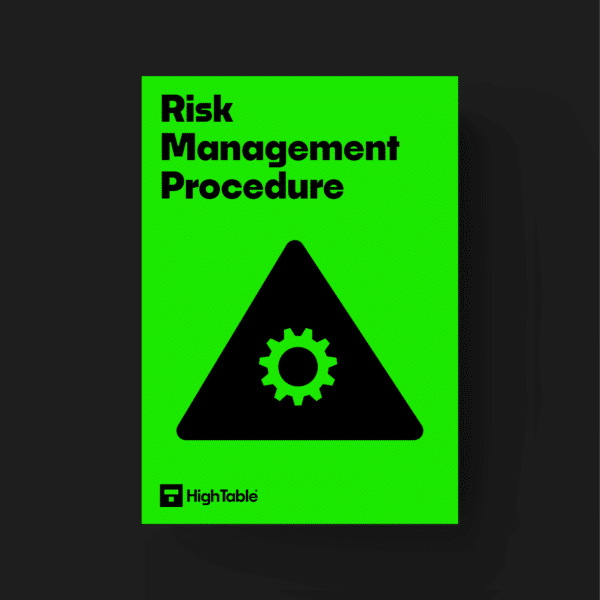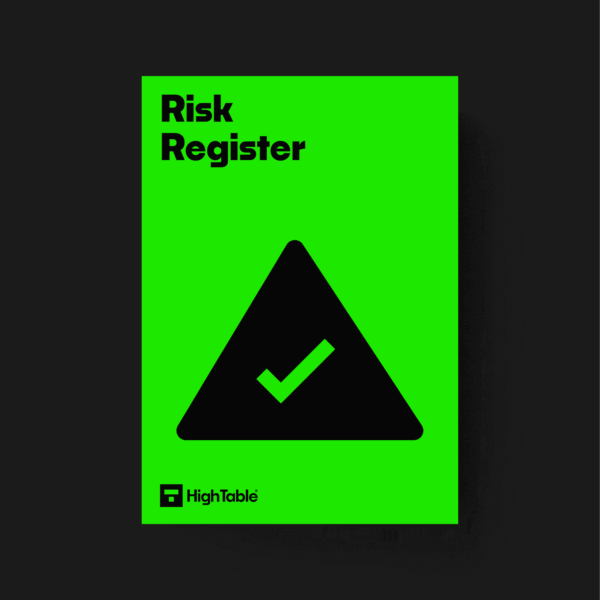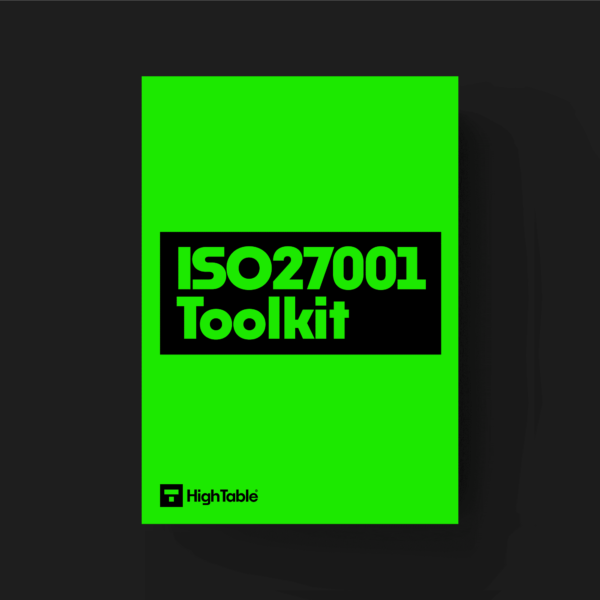ISO 27001 Risk Management Policy Template
★★★★★ – Google 5-Star Reviews from Businesses Just Like You.
ISO 27001 Risk Management Policy
A pre-written, expert-vetted Risk Management Policy defining the risk assessment methodology and treatment framework. Achieve full, auditor-ready compliance with ISO 27001:2022 Clause 6.1.2, NIS2, and DORA regulatory standards, ensuring effective information security risk management.
$ 7.98
A single breach can be devastating, leading to huge financial losses, damaged reputation, and legal trouble. Luckily, there's a solution: an ISO 27001 Risk Management Policy Template. This isn't just a document; it's a game-changer for how you handle information security.
What Is The ISO 27001 Risk Management Policy Template?
So, what exactly is this template? Think of it as a comprehensive, ready-to-use blueprint for your company's approach to information security risk. It gives you a structured way to identify, assess, treat, and monitor all the risks to your information. This template is designed to help you meet the strict requirements of the ISO 27001 standard. It's not just about a one-time fix; it's about building a solid, continuous process.
Applicability to Small Businesses, Tech Startups, and AI Companies
Honestly, if you're a business that handles any kind of sensitive information, customer data, intellectual property, financial records, you need a robust risk management policy. This applies to virtually every type of organisation, especially:
- Small Businesses: You might think you're too small to be a target, but that's a dangerous assumption. Small businesses are often seen as easy marks because they typically have weaker security.
- Tech Startups: Your whole business model is built on innovation and unique technology. Protecting your intellectual property is critical for your survival.
- AI Companies: You're dealing with vast amounts of data, much of it personal and highly sensitive. This makes you a prime target, and a risk management policy is non-negotiable.
Why Do You Need It?
Why bother with this? Well, having a proper policy in place helps you:
- Prevent breaches before they happen by proactively identifying vulnerabilities.
- Gain trust with customers, partners, and investors by showing you take security seriously.
- Achieve and maintain ISO 27001 certification, which can open doors to new business opportunities.
- Stay compliant with regulations like GDPR and CCPA.
- Create a security-conscious culture within your team.
When Do You Need It?
You need this template as soon as you decide to pursue ISO 27001 certification or when you realise your current security approach is a bit... scattered. It's the foundational document that kicks off your journey to building a more secure and resilient organisation. The best time to start is now, before a security incident forces your hand.
Where Do You Need It?
The policy itself is an internal document, but its principles should be everywhere in your business. It needs to be a core part of your company culture, a guideline for every employee, and a rule for every new project. The policy should be easily accessible to everyone who needs it.
How Do You Write It?
Writing a comprehensive risk management policy from scratch can be a huge undertaking. You need to know the specific requirements of ISO 27001:2022, understand risk assessment methodologies, and be able to articulate your company's stance on risk. This is where a pre-written, expertly crafted template comes in handy. It saves you countless hours and ensures you don't miss any critical details.
How Do You Implement It?
Putting the policy into action is a multi-step process:
- Customise the template: Tailor the document to your specific business, its risks, and its unique needs.
- Conduct a risk assessment: Use the policy's framework to identify and evaluate the threats and vulnerabilities you face.
- Develop a risk treatment plan: Decide how you'll handle each identified risk—whether you'll accept, avoid, transfer, or mitigate it.
- Communicate and train: Make sure your entire team understands the policy and their role in upholding it.
- Monitor and review: Information security is not a "set it and forget it" task. You need to regularly review and update your policy to stay ahead of new threats.
How Can an ISO 27001 Toolkit Help?
An ISO 27001 Toolkit is a collection of resources, like templates, guides, and checklists, that simplifies the entire certification process. It's a lifesaver. The risk management policy template is just one piece of this larger puzzle. A full toolkit provides all the necessary documentation, making the path to compliance much smoother.
What Information Security Standards Require This?
This policy is a key part of ISO 27001, which is an international standard for managing information security. Other standards that need it include:
- GDPR (General Data Protection Regulation)
- CCPA (California Consumer Privacy Act)
- DORA (Digital Operational Resilience Act)
- NIS2 (Network and Information Security (NIS) Directive)
- SOC 2 (Service Organisation Control 2)
- NIST (National Institute of Standards and Technology)
- HIPAA (Health Insurance Portability and Accountability Act)
Which of the ISO 27001 controls are relevant?
The ISO 27001:2022 standard has specific controls that relate to risk management:
- ISO 27001:2022 Clause 6.1.2: Information Security Risk Assessment
- ISO 27001:2022 Clause 6.1.3: Information Security Risk Treatment
- ISO 27001:2022 Clause 8.2 Information Security Risk Assessment
- ISO 27001:2022 Clause 8.3 Information Security Risk Treatment
ISO 27001 Risk Management Policy Template FAQ
What is the ISO 27001 Risk Management Policy Template?
It is a pre-designed document that provides a structured framework for an organisation to manage information security risks in accordance with the ISO/IEC 27001 standard. It outlines the principles, processes, and responsibilities for risk identification, assessment, treatment, and monitoring.
Who should use this template?
Any organisation, regardless of size or industry, that is implementing or maintaining an Information Security Management System (ISMS) based on ISO 27001. It is particularly useful for those seeking certification.
What are the key components of the template?
Typically, it includes sections on:
- Policy statement and scope
- Roles and responsibilities for risk management
- Risk assessment methodology (criteria for risk acceptance, risk levels, etc.)
- Risk treatment options (avoid, mitigate, transfer, accept)
- Risk monitoring and review processes
- Links to other relevant documents (e.g., Statement of Applicability, Risk Treatment Plan)
Is this a mandatory document for ISO 27001 certification?
Yes, a documented risk management process is a core requirement of ISO 27001 (specifically clause 6.1.2). While a specific "policy" document isn't explicitly named, having one is the most effective way to demonstrate a clear, defined, and repeatable process.
How does this template help with compliance?
It provides a clear, documented process that an auditor can review to verify that the organisation is systematically identifying, assessing, and treating its information security risks in line with the standard's requirements. It helps avoid a disorganised or ad-hoc approach.
Can I use this template without any customisation?
No. The template is a starting point. It must be customised to reflect the specific context of your organisation, including your business objectives, risk appetite, and the specific information assets you need to protect.
What is the difference between a Risk Management Policy and a Risk Register?
The Risk Management Policy is the "how-to" guide. It defines the rules and processes for managing risks. The Risk Register is the "what" list. It is the actual record of the identified risks, their assessment, and their treatment status.
How often should the policy be reviewed?
The policy should be reviewed regularly, at least annually, and whenever there are significant changes to the organisation's business, technology, or risk environment.
What are the benefits of using a template?
- Time-saving: Reduces the effort of creating a complex document from scratch.
- Consistency: Ensures all essential elements of a good risk management policy are included.
- Best Practice: It is often based on the experience of experts and aligns with the standard's requirements.
- Clarity: Provides a clear, well-structured document for employees and stakeholders.
Does this template cover the entire ISO 27001 standard?
No. This template specifically addresses the risk management requirements (clauses 6.1.2 and 6.1.3). It is one of many documents required for a full ISMS, alongside policies for access control, incident management, and others.
How do I ensure the policy is effectively implemented?
- Communicate the policy to all relevant employees.
- Provide training on risk management principles and their roles.
- Assign clear responsibilities for risk ownership.
- Regularly perform risk assessments and document the results.
- Use the policy as the foundation for your ongoing risk management activities.
Can this template be used for other standards like NIST or GDPR?
While the principles of risk management are similar, the template is specifically designed to meet the requirements of ISO 27001. It can be adapted, but it's best to use a template specifically for those standards if compliance with them is the primary goal.
What is the first step after I download the template?
Read through it to understand its structure. Then, begin customising the sections with your organisation's specific information, such as the company name, responsible roles (e.g., "CISO" or "IT Manager"), and the specific risk assessment methodology you will use.
Is a digital or physical copy of the policy required?
The standard requires the policy to be documented and available. This can be in a digital format (e.g., a PDF on an intranet or document management system) or a physical one, as long as it is controlled and accessible to those who need it.
The High Table ISO 27001 Implementation Suite was architected by Stuart Barker, a veteran practitioner with over 30 years of experience in systems security and risk management.
Holding an MSc in Software and Systems Security, Stuart combines academic rigor with extensive operational experience. His background includes over a decade leading Data Governance for General Electric (GE) across Europe, as well as founding and exiting a successful cyber security consultancy.
As a qualified ISO 27001 Lead Auditor and Lead Implementer, Stuart possesses distinct insight into the specific evidence standards required by certification bodies. He has successfully guided hundreds of organizations—from high-growth technology startups to enterprise financial institutions—through the audit lifecycle.
This toolkit represents the distillation of that field experience into a standardised framework. It moves beyond theoretical compliance, providing a pragmatic, auditor-verified methodology designed to satisfy ISO/IEC 27001:2022 while minimising operational friction.

